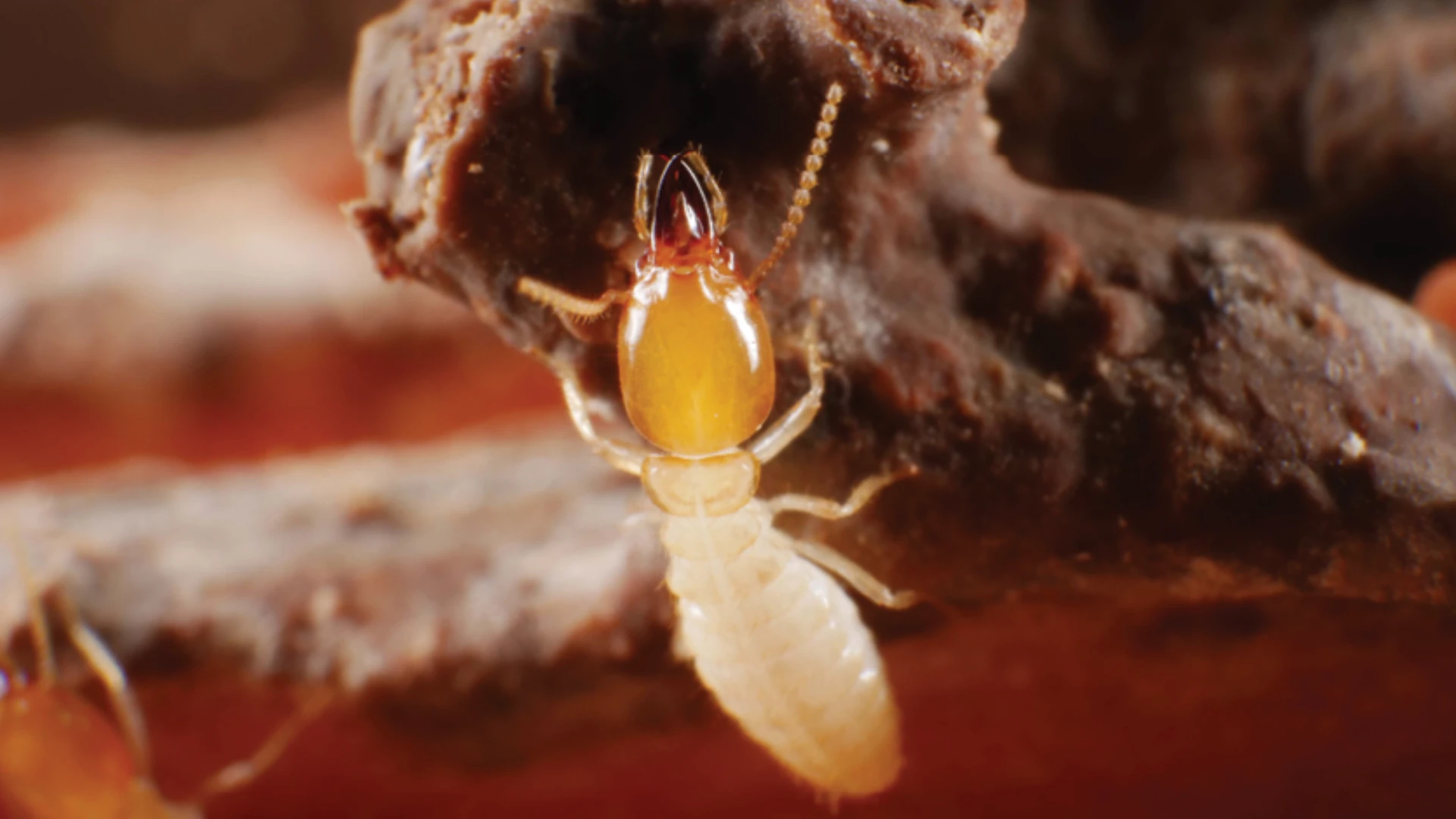Editor's Note: The following articles were adapted from Techletter, a biweekly publication from Pinto & Associates, Mechanicsville, Md. To subscribe, visit www.techletter.com, or call 301/884-3020.
Can You Hear Me Now?
Can insects hear? Did you ever ask yourself that question? If you think about it, you'll realize that many insects must be able to hear. What about those noisy insects that chirp or have mating or territorial calls? Crickets, cicadas and katydids obviously can hear each other. That's what their "singing" is all about.
 Insects can detect airborne sound in one of two ways: through sensory hairs on their bodies or through tympanal organs. In mosquitoes, for example, the long hairs on their antennae detect certain sounds, generally only sounds in low frequencies. On the other hand, the tympanal organ is very sensitive to a large range of sound and can even detect frequencies in the ultrasonic range.
Insects can detect airborne sound in one of two ways: through sensory hairs on their bodies or through tympanal organs. In mosquitoes, for example, the long hairs on their antennae detect certain sounds, generally only sounds in low frequencies. On the other hand, the tympanal organ is very sensitive to a large range of sound and can even detect frequencies in the ultrasonic range.
A tympanal organ is a very thin membrane with air on both sides of it, very much like an eardrum. It's this sound-detecting organ that enables singing and chirping insects to tune into each other. In cicadas and certain grasshoppers, this sound membrane is located on the abdomen. In crickets, the tympanal organs are two vertical slits on the front legs.
An insect doesn't respond to changes in the frequency or pitch of a sound but it does respond to changes in the amplitude modulation or the rhythmic features of a sound. In fact, it's the rapid changes in the intensity and rhythm that make an insect's "song" what it is.
There's still another way that insects can hear, and that's through surface vibrations. Bees, for example, really don't hear airborne sounds, but they can detect sound vibrations through the ground or other surfaces on which they're resting.
 What appears to be an albino cockroach is really a roach that has just shed its old skin. Photo: Stoy Hedges What appears to be an albino cockroach is really a roach that has just shed its old skin. Photo: Stoy Hedges |
"Albino" Roaches?
Most PMPs have seen "albino" cockroaches. They're those pale, whitish roaches sometimes mixed in with the regular population.
They're not really albinos, in the usual sense of the word. In fact, all cockroaches turn into white roaches many times during their lives. What appears to be an albino cockroach is really a roach that has just shed its old skin.
Insects grow by leaps and bounds. In other words, they molt or shed their skin in order to grow. A German cockroach nymph will molt six or seven times before it becomes an adult roach. Each time the old skin (or cuticle) is shed, the new cuticle underneath is soft and white and takes several hours to "harden-up" and turn dark.
If they're so common, why don't we see "albino" roaches more often? Newly molted cockroaches are vulnerable; they usually stay hidden in protected places until their new cuticle has hardened.
Hot Wings?
Which of the following insect groups have wings? (1) Beetles, (2) Termites, (3) Earwigs, (4) Ants, (5) Cockroaches, (6) Bees and Wasps, (7) Flies and (8) Crickets.
 The answer is all of them. While there may be a few wingless species in the above groups, most insects have wings. You can't always see them. Often they're hidden, shortened or non-functional, but it doesn't mean they're not present. Fleas, lice, silverfish and firebrats are the only truly wingless insect groups that pest control technicians deal with on a regular basis.
The answer is all of them. While there may be a few wingless species in the above groups, most insects have wings. You can't always see them. Often they're hidden, shortened or non-functional, but it doesn't mean they're not present. Fleas, lice, silverfish and firebrats are the only truly wingless insect groups that pest control technicians deal with on a regular basis.
In the winged insects, only the adult has fully developed wings. In groups with simple metamorphosis, like cockroaches, older nymphs will have short wing "buds." Not until they become adults do they have functional wings.
Most adult insects have two pairs of wings, but they're not always visible. You can easily see both pairs of clear wings on wasps, bees, ants and termites. Their wings are held on top of their backs and the back pair is usually slightly smaller than the front pair.
In moths and butterflies, the forewings and hindwings are covered with scales that create patterns and colors. Cockroaches, grasshoppers and crickets have flight wings hidden under a leathery pair of front wing covers that match the rest of the body.
Flies are the only insect group that has only one pair of functional wings. The hind wings are reduced to small, knobbed structures called halteres.
A beetle doesn't appear to have wings at all, yet the hard outer covering on the back of the beetle is actually a pair of modified wings. The second pair of clear, membranous wings are folded up underneath. When a beetle flies, the wing covers – or elytra – spread apart at the center and the flight wings beneath unfold.
If you've ever watched a dragonfly at work, turning, diving and hovering, you can appreciate the fact that certain flying insects can outmaneuver any other flying animal with the possible exception of the hummingbird.

Explore the December 2011 Issue
Check out more from this issue and find your next story to read.
Latest from Pest Control Technology
- Webinar: Employee Incentives — Going Beyond the Annual Raise
- Pest Control Companies Helping Neighbors in Need Eradicate Bed Bugs
- Why Does Marketing Feel So Opaque?
- How Did This Pest Get Its Name?
- Rose Pest Solutions Honors Top Performers with Annual Chief’s Club Awards
- Doug Foster on Termite Control Equipment, Resources
- Pest Control Consultants Acquires EcoGuard Pest Control
- Pest Index Increased 9 Percent YOY in February






